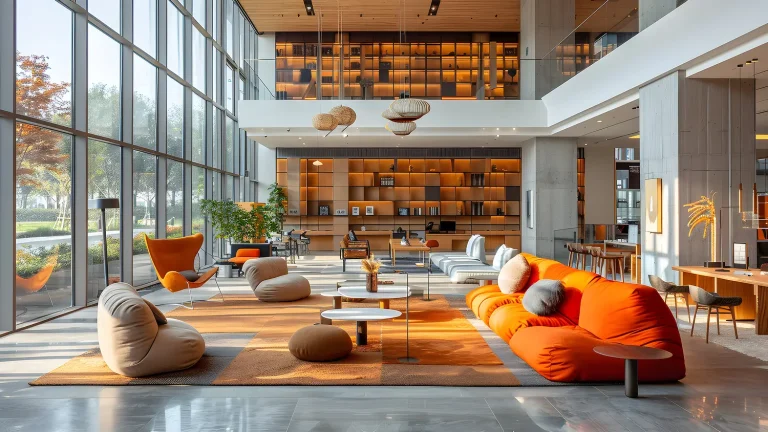In a world where education is the cornerstone of progress and innovation, understanding and accommodating the diverse learning needs of students is not just an option—it’s a necessity. Recent insights from a Steelcase Learning webinar, hosted by Katie Pace, shed light on how the Universal Design for Learning (UDL) framework is revolutionising educational environments to foster inclusivity and effectiveness in learning.
The webinar featured a panel of experts: Nicole Tucker-Smith from Lessoncast, David Reid of Multistudio, and Marisa Sergnese from Steelcase Learning. Together, they explored the pressing challenges educators face, the essence of UDL, and strategies for implementing it in classrooms.
The panellists highlighted key challenges in education today, from educator burnout, as noted by Tucker-Smith, to the growing diversity of student needs described by Reid. Sergnese pointed out the overwhelming pressure on school leaders to balance a multitude of tasks while fostering inclusive learning environments. These challenges underscore the urgent need for frameworks like UDL that promote equity and access in education.
UDL draws inspiration from universal design in architecture, aiming to remove barriers to learning for all students, including those with disabilities or special needs. Tucker-Smith emphasised UDL’s foundation on three principles aligned with neural networks: engagement, representation, and action/expression. These principles guide educators to create flexible learning environments that can adjust to the varied needs of students.
Reid and Sergnese differentiated between accessible design, universal design, and inclusive design. Accessible design, mandated by the Americans with Disabilities Act (ADA), focuses on physical accessibility. In contrast, universal design, and by extension UDL, takes a broader approach, aiming to make learning accessible and equitable for all students. Inclusive design aligns with UDL by ensuring that no student, regardless of their background or abilities, faces barriers to learning.
The conversation also addressed potential barriers to implementing UDL, including resistance at the leadership level and the need for a systemic approach to support UDL principles. Tucker-Smith advocated for a proactive stance in removing learning barriers, while Reid shared insights on designing learning environments that support UDL principles through resources like the Deck of Spaces.
The experts shared best practices for integrating UDL into educational spaces. Starting with individual learners, educators are encouraged to identify and address learning barriers while recognising practices already in alignment with UDL. Sergnese’s experiences underscored the importance of designing spaces that support diverse learning needs, emphasising flexibility, movement, and engagement.
The insights from the Steelcase Learning webinar illuminate the critical need for educational frameworks like UDL that embrace the diversity of student needs. By adopting UDL principles, educators can create more inclusive, effective learning environments that recognise the unique ways students engage with and absorb information. As education continues to evolve, the principles of UDL offer a beacon of hope for a more inclusive and equitable future in learning.



